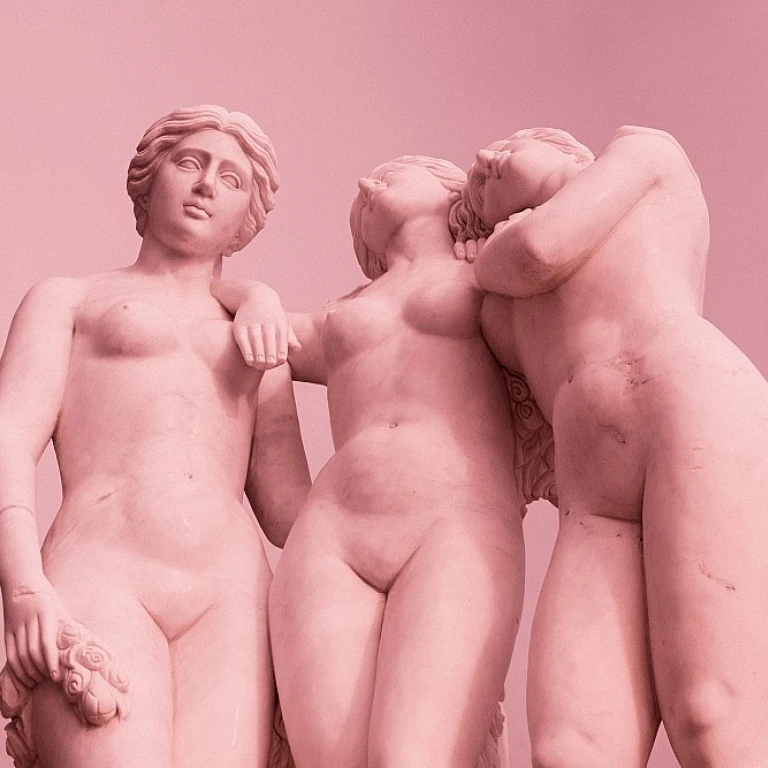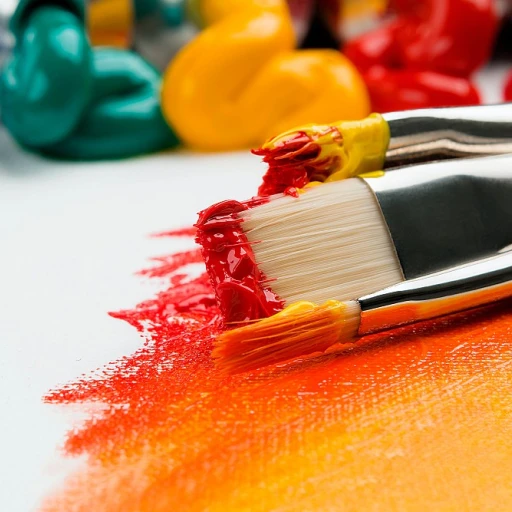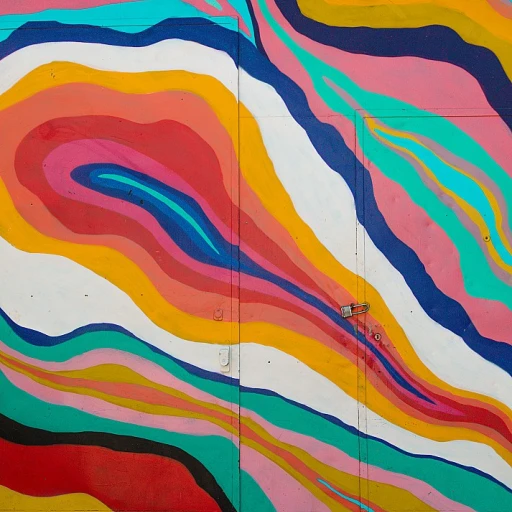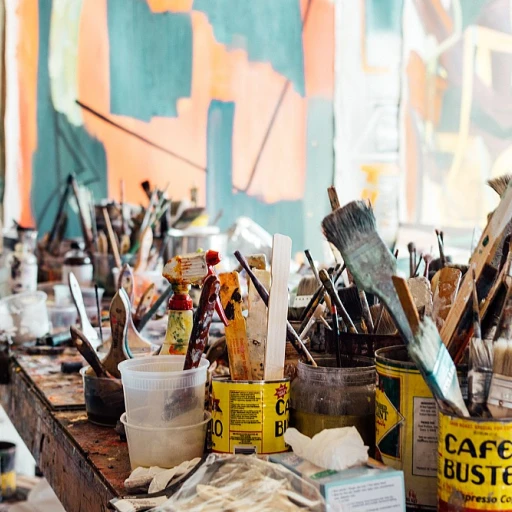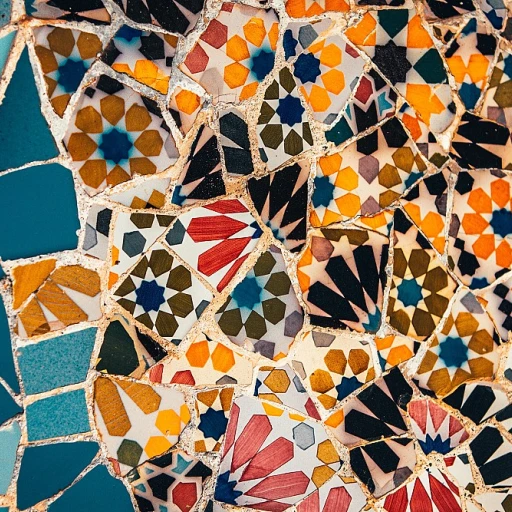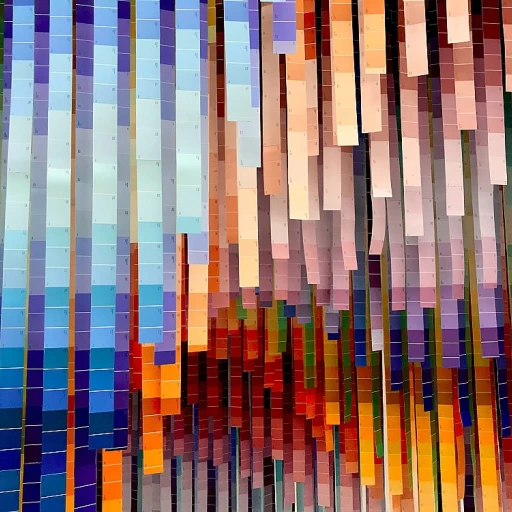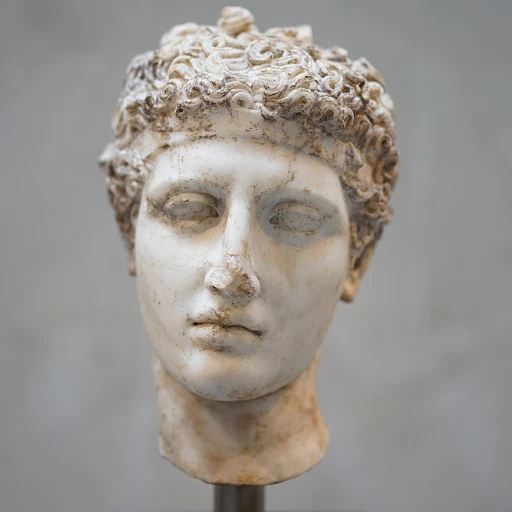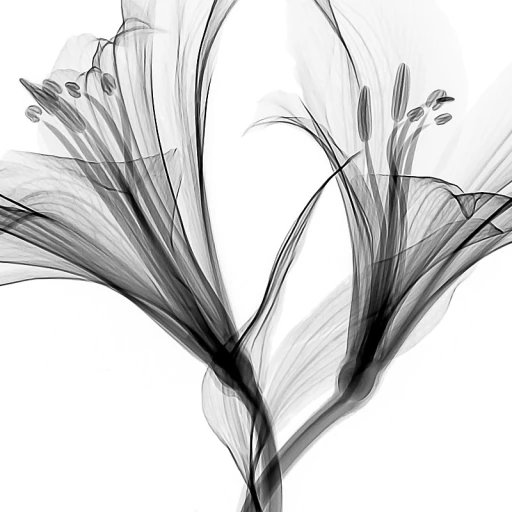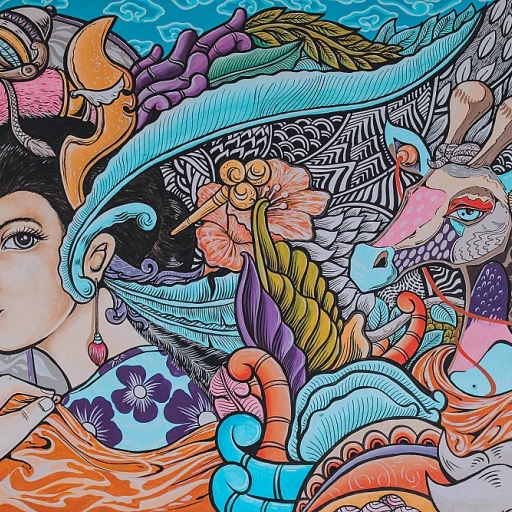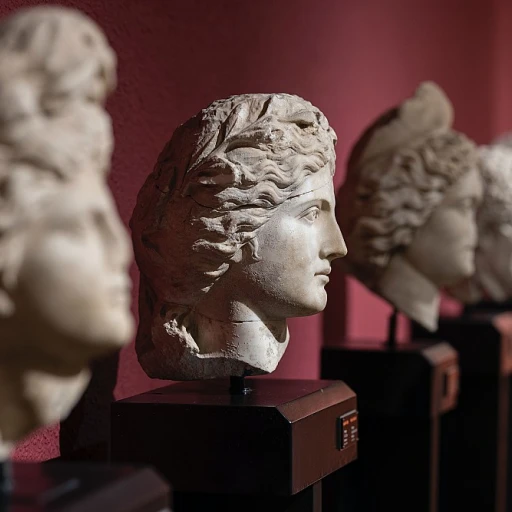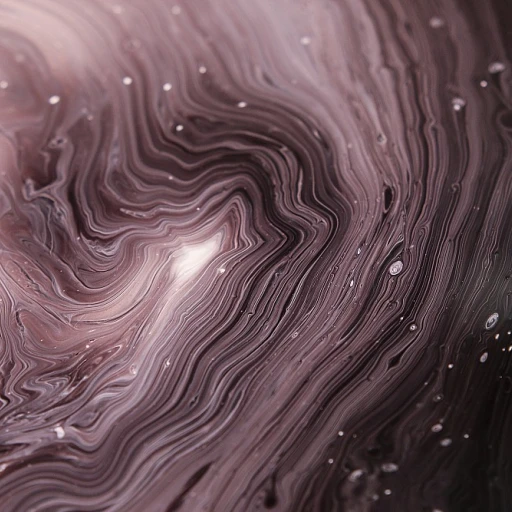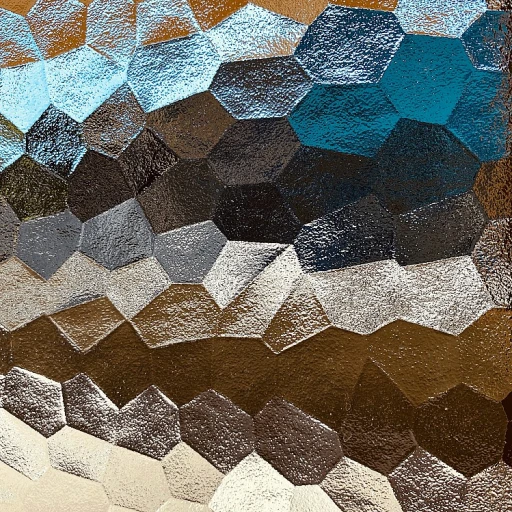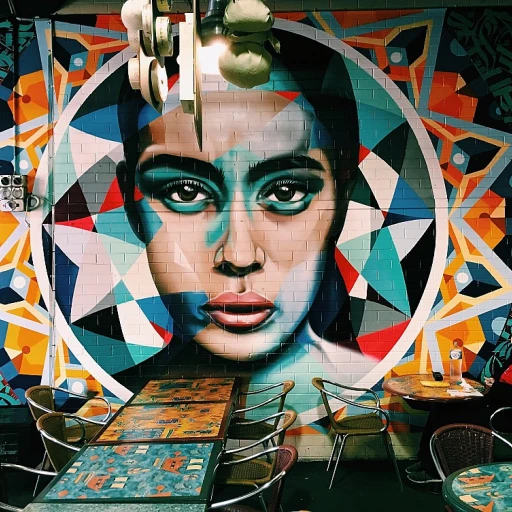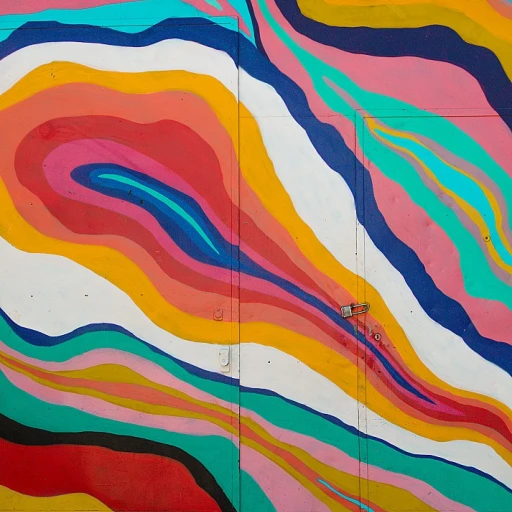Understanding Green Printmaking
The Shift Towards Eco-Friendly Practices
In the world of luxury art, the commitment to environmental responsibility is reshaping how printmaking is perceived and executed. Traditional methods have long been entrenched in processes that are not sustainable. However, as awareness grows about the environmental impact, there is a push to return to practices that harmonize with our planet.
Sustainable printmaking, often highlighted through green printmaking initiatives, aims to create art using non-toxic materials and responsible techniques. The shift is primarily driven by the demand for art that aligns with a theme of sustainability. Water-based inks, recycled materials, and alternative printmaking paper are integral to these practices—offering a refreshing take on traditional modes such as relief printing, screen printing, and intaglio etching.
Yet, the move towards greener practices in print requires not just a change in materials but a reformulation of artists’ approaches. Print studios dedicated to environmental principles dedicate resources to retraining and repurposing materials. For instance, using items like tetra pak as an innovative printmaking medium exemplifies this eco-conscious shift.
Printmaking art can function as a medium of both creativity and environmental consciousness, offering high-quality results without compromising on ethics. By skipping traditional toxic techniques, artists can ensure their work doesn’t harm the planet, attracting those looking for art created with integrity.
Materials and Techniques
Innovative Approaches to Green Printmaking
In the realm of luxury art, the shift towards sustainable practices is not just a trend but a necessity. Green printmaking is at the forefront of this movement, requiring artists to rethink traditional methods and materials. The focus is on creating art that is both exquisite and environmentally responsible.
One of the key elements in this transformation is the use of recycled materials. Printmaking paper, for instance, is now often sourced from recycled fibers, reducing the need for virgin resources. This not only aligns with the green theme but also adds a unique texture and character to each piece, enhancing its value in the eyes of collectors.
Techniques such as water-based screen printing and intaglio etching are gaining popularity. These methods minimize the use of toxic materials, ensuring a safer environment for artists and a cleaner product for consumers. Studios like Zea Mays Printmaking are pioneering these techniques, setting a standard for others in the field.
Moreover, the integration of relief printing and innovative approaches like using tetra pak as a printing plate are redefining the possibilities of sustainable art. These methods not only reduce waste but also offer new modes of expression, allowing artists to explore themes of harmony and nature in their work.
For those interested in the intersection of luxury and sustainability, exploring these affordable elegance in printmaking options can provide insight into how high-quality art can be both luxurious and eco-friendly.
Artists Leading the Movement
Trailblazers in Green Printmaking
In the luxury art realm, certain printmaking artists have emerged as key pioneers, taking significant strides towards sustainable development. These artists are fundamentally reshaping the field by adopting green printmaking techniques, which require innovation and dedication to environmentally friendly practices. By focusing on the intricate beauty of sustainable materials, they create stunning pieces of fine art that harmonize with nature.
The utilization of recycled materials, such as tetra pak and specific forms of green printmaking paper, underscores their commitment. Artists opt for materials free from toxic substances, using water-based inks in their printmaking studios to reduce environmental impact. Techniques like intaglio etching and screen printing are adapted to minimize waste, setting new standards in producing high-quality, eco-conscious artwork.
By diverging from traditional modes, these artists underscore a pivotal theme in luxury art that advocates for harmony with the environment while pushing the boundaries of the craft. The goal is not only to maintain the aesthetic, high-value appeal of luxury artwork but also to align it with sustainable practices that resonate with both the creators and collectors.
Educational initiatives, such as field trips to eco-friendly print studios, further promote the message. This approach helps to cultivate awareness and encourage newer generations of artists to perceive sustainability as a standard mode of operation in their creative processes.
Market Trends and Consumer Demand
The Rising Demand for Green Art in the Luxury Market
Understanding the cosmic shift towards printmaking strategies that marry luxury with sustainability reveals more than just a temporary trend. It is a paradigm in which consumer demand and market trends function as key players. As collectors and patrons increasingly view luxury art through the lens of environmental responsibility, we see a return to natural harmony themes that captivate and inspire.
The incorporation of recycled materials like Tetra Pak and innovations in green printmaking have been instrumental. Studios dedicated to fine art now often require techniques like water-based screen printing and non-toxic intaglio etching in their production arsenal. Their attempts to create high-quality pieces without compromising the planet mark a significant transformation in the luxury art sector.
Prints developed from mays printmaking technology or eco-friendly printmaking paper have taken precedence over traditional toxic materials. This shift resonates with discerning buyers who not only appreciate the aesthetics but also value the intricate craftsmanship that respects ecological integrity.
In response to this demand, various printmaking studios are taking bold steps. Field trips led by educational labs offer insights into the sustainable methods being applied. These experiences aim to cultivate an informed consumer base, increasingly willing to invest in pieces emanating from green practices. Developing these experiences and materials as premium offerings ensures that studios can remain viable, as demonstrated by the consistent premium prices, or MSRP, attributed to such works.
Ultimately, the market for sustainable luxury art is in a pivotal mode of growth. As artists innovate further, and as awareness communities expand, the trend signals an ongoing transformation that transcends beyond mere aesthetics — it redefines what luxury can mean in a consciously aware market.
Challenges in Sustainable Luxury Art
Obstacles in the Path to Greener Pastures
Navigating the realm of sustainable luxury art comes with its set of challenges. The transition to green printmaking techniques, such as screen printing and intaglio etching, often necessitates a re-evaluation of materials. Traditional toxic materials used in printing need to be replaced with water-based inks and recycled materials, ensuring that the fine art produced aligns with eco-friendly principles.
Artists attempting to adopt these green methods may encounter hurdles, especially when shifting from conventional modes to more sustainable practices. The availability of high quality, eco-conscious printmaking paper can be a limiting factor. Studios, keen on maintaining the harmony of their artistic vision, must often grapple with the msrp of eco-friendly supplies, which can be higher than their traditional counterparts.
Another significant challenge lies in maintaining the quality and aesthetic value that collectors of luxury artwork expect. Art studios that wish to integrate content green must ensure that the beauty and intricacy synonymous with luxury art are not compromised. This often requires innovative solutions and constant experimentation within printmaking studios.
Moreover, the adaptation of new techniques, such as eco-focused etching processes, can initially slow down production. Artists must engage in field trips and consultations to learn about the latest advancements in the field. Printmaking is not merely about creating art but also about ensuring that this function can return sustainable benefits to both the artist and the environment.
Additionally, consumer perceptions and education play a crucial role. While there's a growing view towards eco-conscious purchases, much of the art market still regards premium pricing as equal to exclusivity rather than sustainability. Adoption of materials that represent the green theme, like tetra pak and Zea Mays printmaking, among discerning buyers, requires ongoing education and transparent communication about the environmental impact.
Despite these obstacles, the future of green printmaking in luxury art holds promise. As more artists and studios embrace sustainable practices, the dialogue around environmental responsibility in art becomes richer, paving the way for substantial shifts in both production and perception.
Future of Green Printmaking in Luxury Art
Embracing Change in Luxury Art
The future of green printmaking in luxury art lies in the balance between traditional excellence and contemporary innovation. Printmaking studios are set to adopt greener practices, continuing to raise awareness and instill change across art communities. Combining the artistic mastery of high-quality traditional techniques with eco-friendly processes creates a captivating harmony that is both sustainable and luxurious.
Moreover, there is a growing trend among printmaking artists to incorporate recycled materials like Tetra Pak and water-based inks into their creations. Not only does this practice reduce the reliance on toxic materials, but it also aligns with the increasing consumer demand for eco-conscious luxury items.
Studios that specialize in green printmaking have come to the forefront, creating a pivotal role for themselves within the luxury art sector. Key processes such as intaglio etching, screen printing, and relief printing are being reimagined using sustainable innovations like Zea Mays and other environmentally-friendly materials. Mastery in utilizing these elements ensures that the works produced are of the finest quality, meeting or exceeding the expectations that fine art commands.
A significant challenge that remains is the availability and cost of sustainable materials compared to their conventional counterparts. However, as the field continues to evolve, the market is expected to return to a place where sustainable options are not merely optional, but the preferred mode. This shift is crucial for artists who wish to maintain a respected position in the realm of luxury art, as eco-conscious collectors place increasing value on responsibly-sourced art.
The adoption of sustainable practices in printmaking extends beyond the studios, prompting field trips and educational programs aimed at spreading knowledge and inspiring future generations. This broader, more inclusive view of art signifies a larger movement within the art world, underscoring the importance of ethical creativity.
The future promises a revamped luxury art ecosystem, where greenery is not just an aesthetic theme, but a fully integrated part of the artwork's essence and ethos. As the art world continues to champion green printmaking, it reaffirms a collective commitment to safeguarding our planet while preserving the sanctity and elegance that luxury art embodies.
-teaser.webp)

